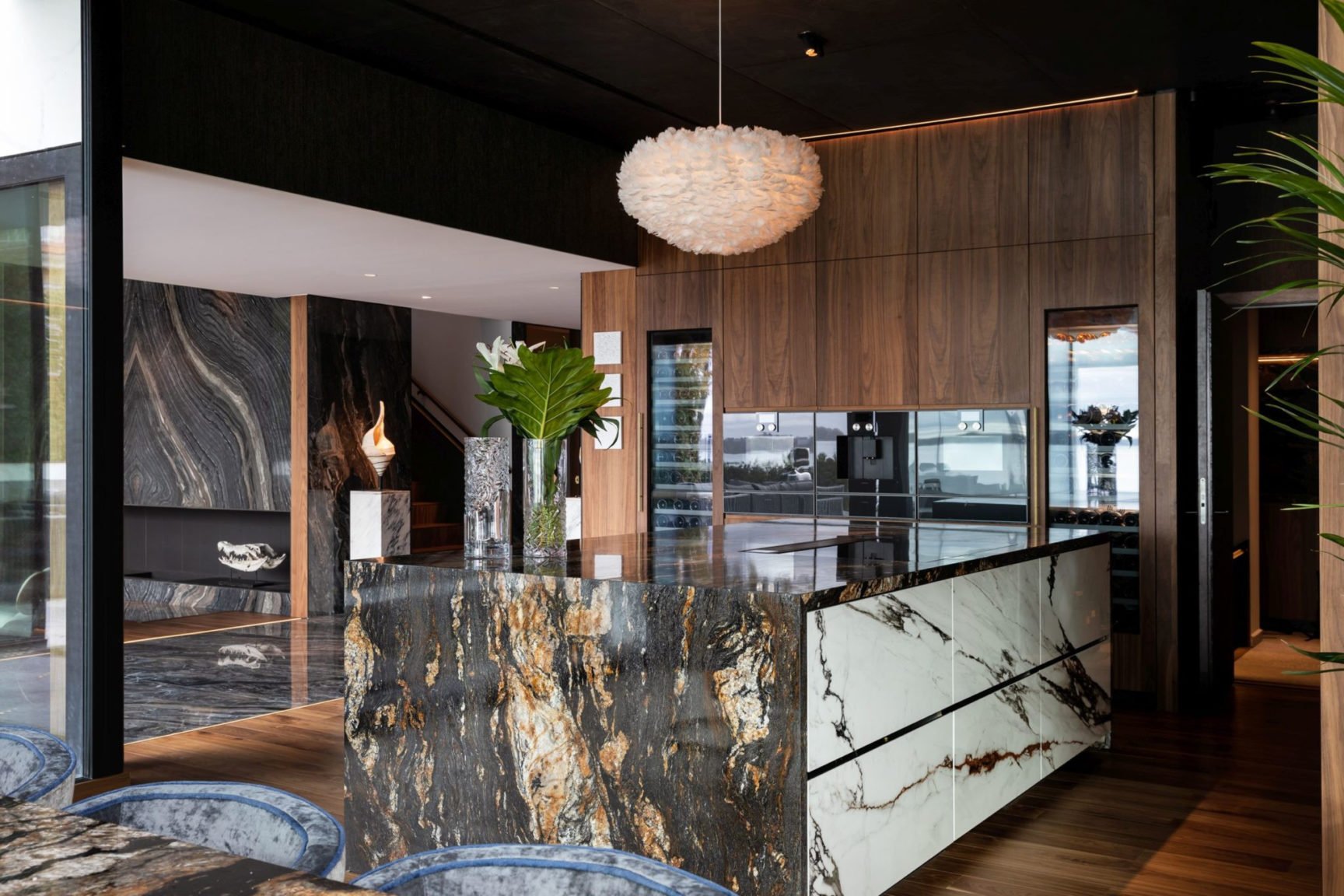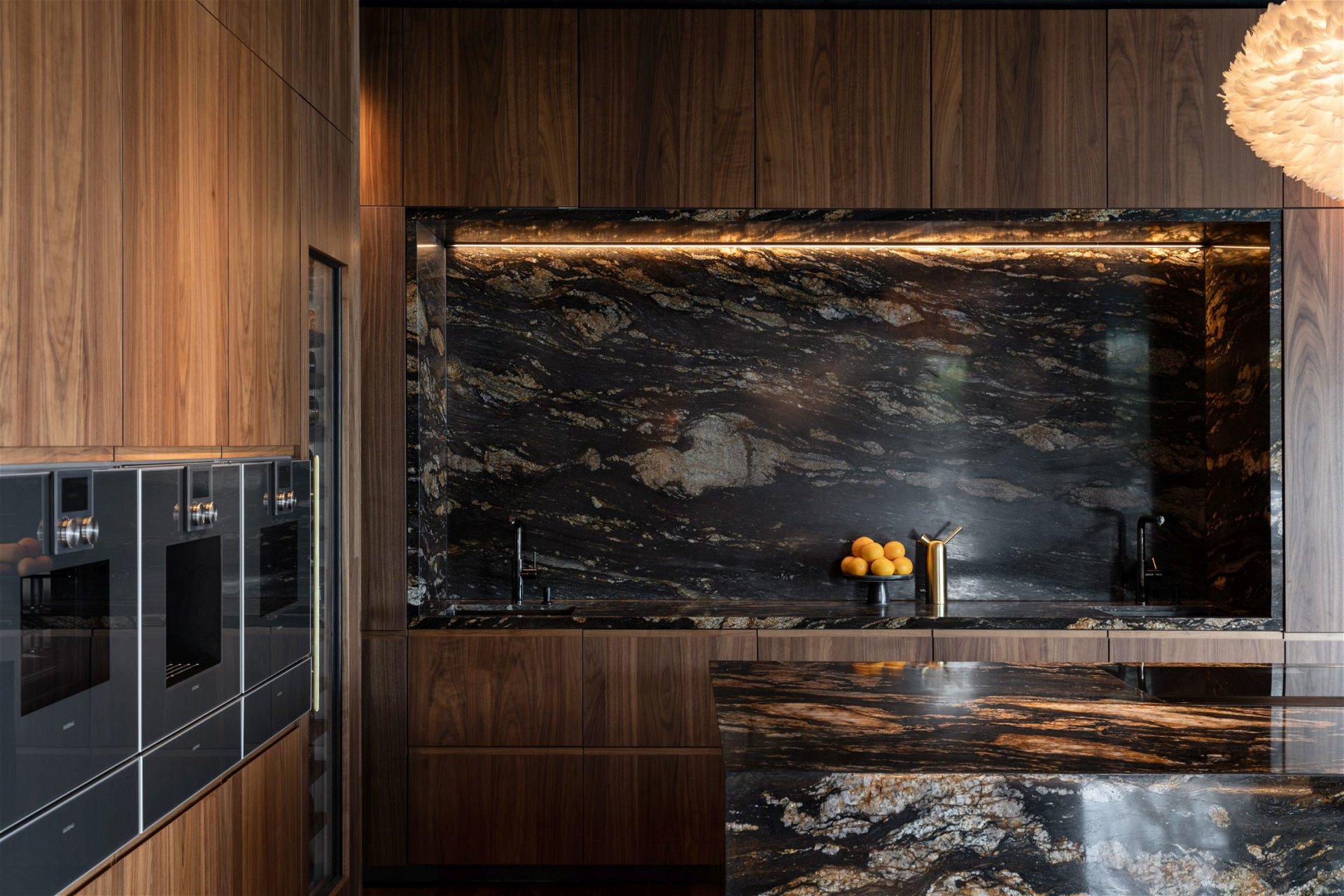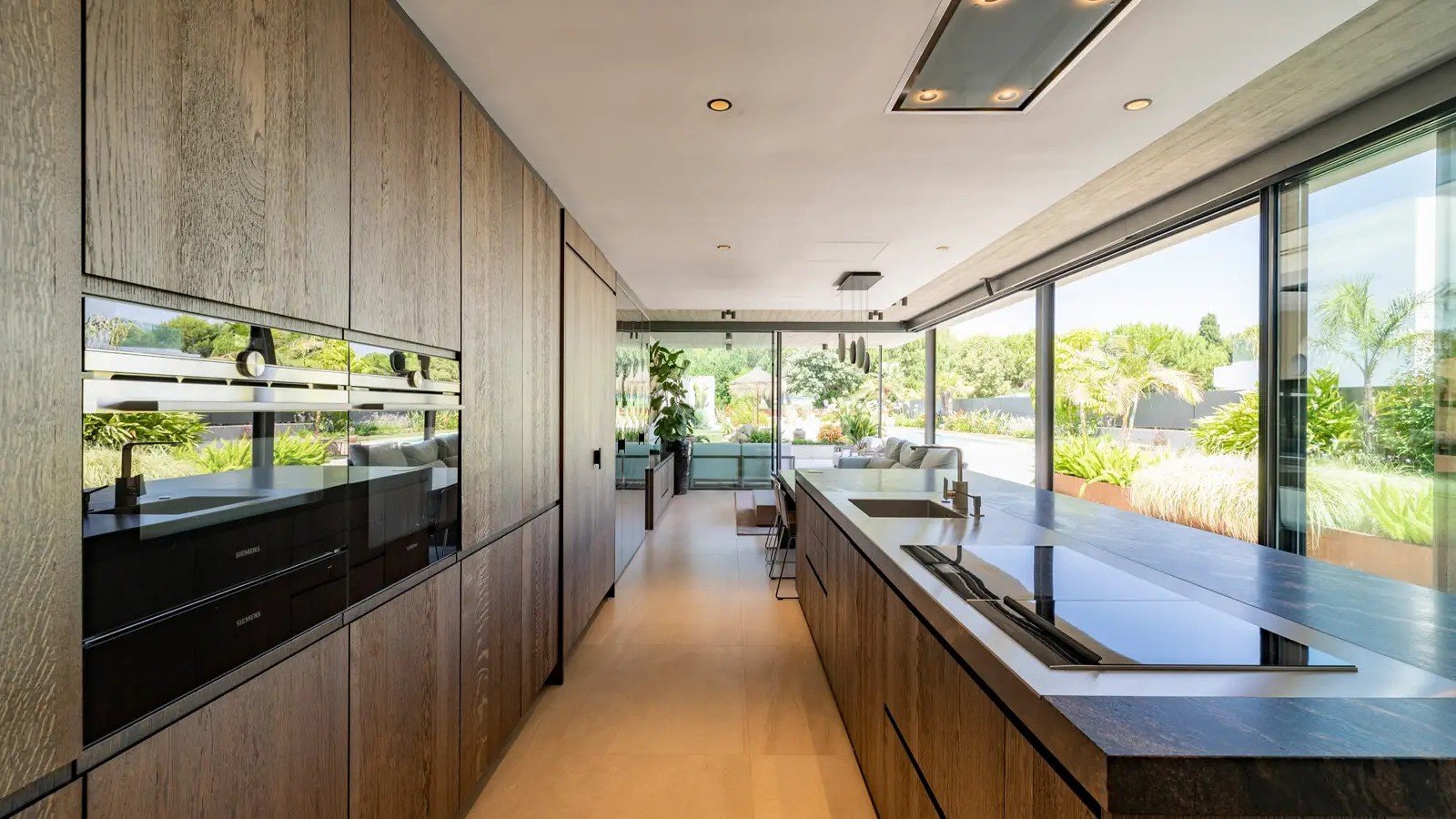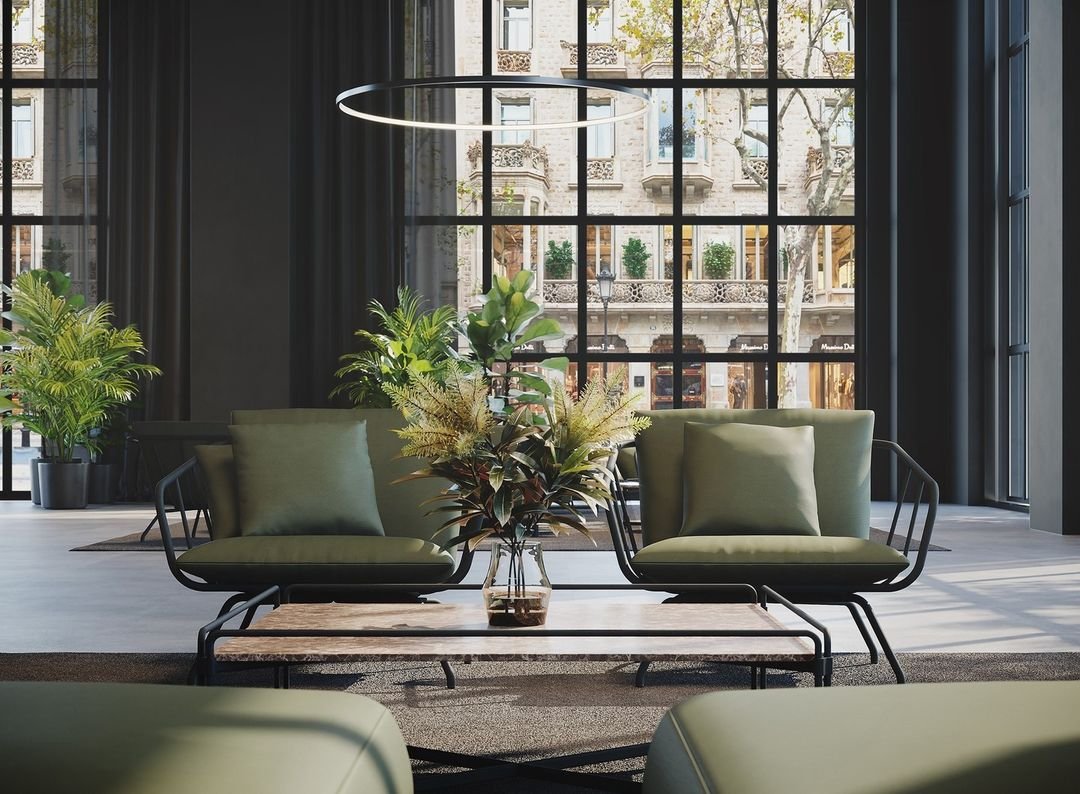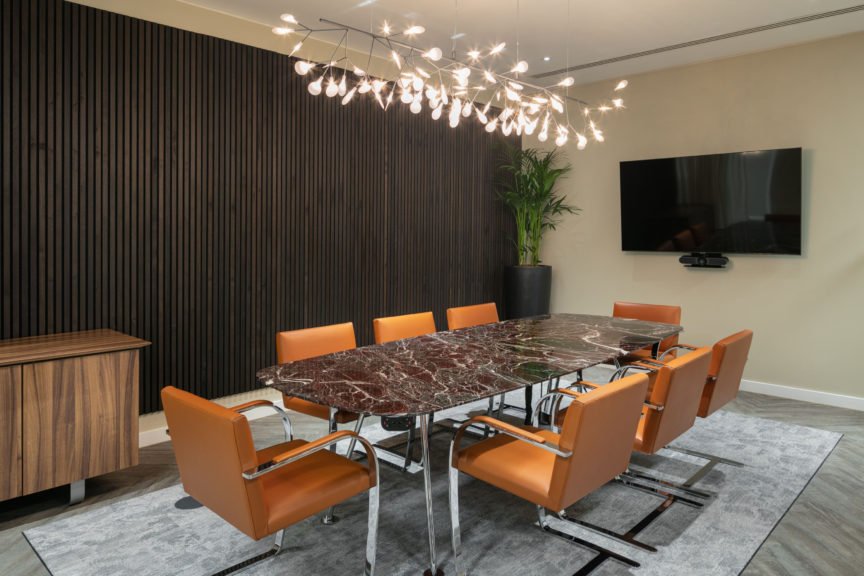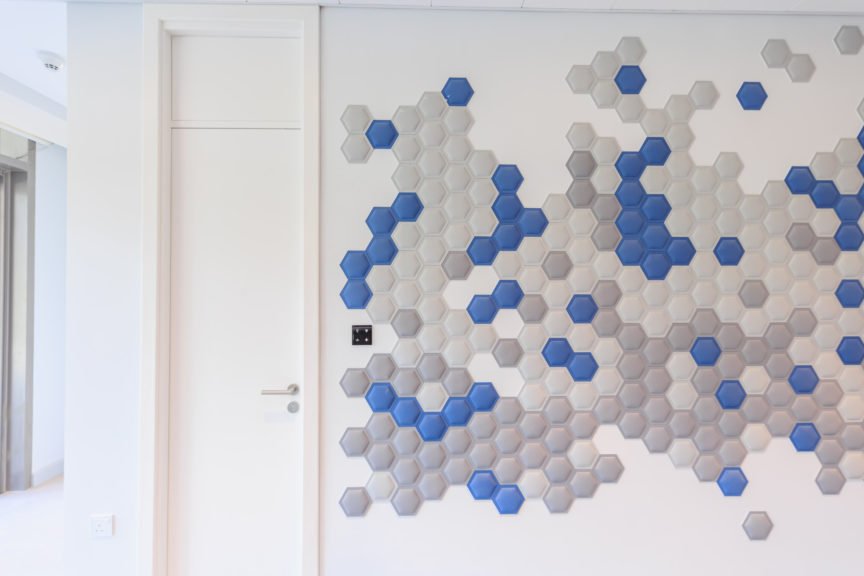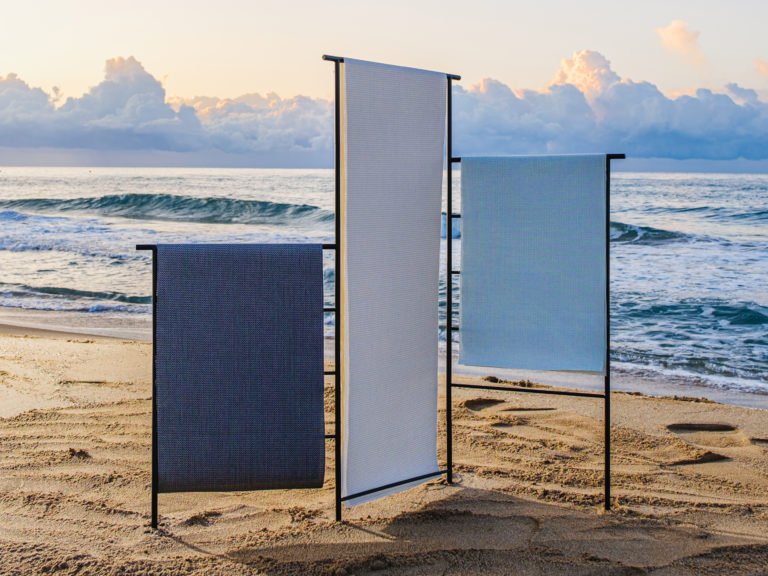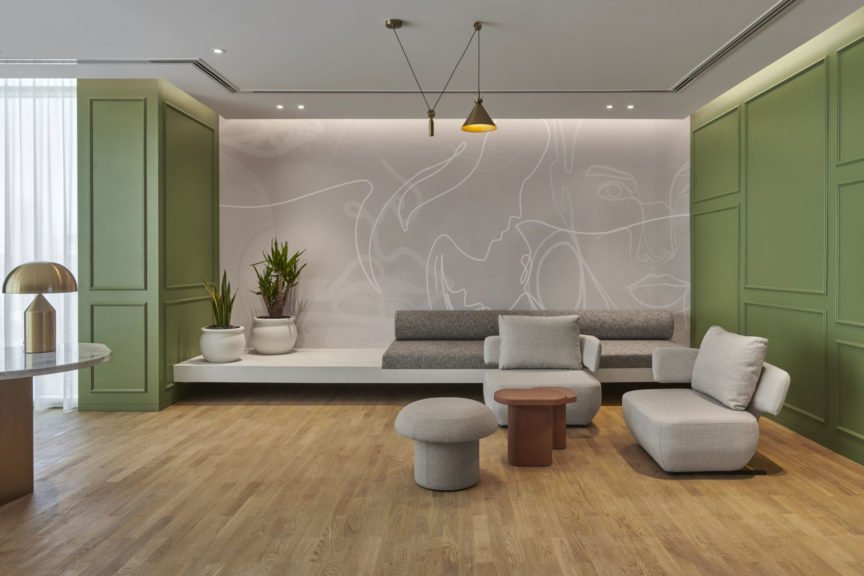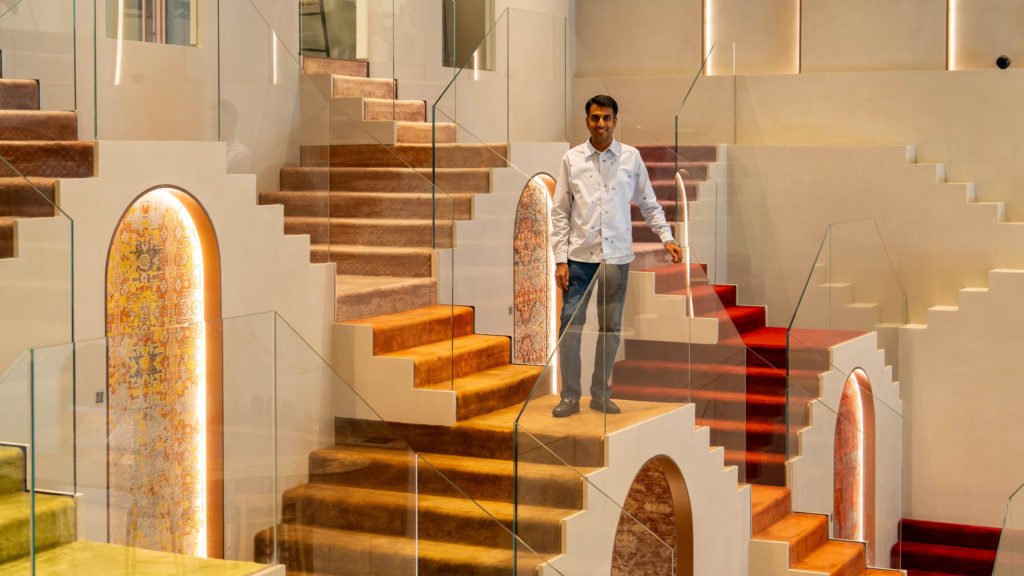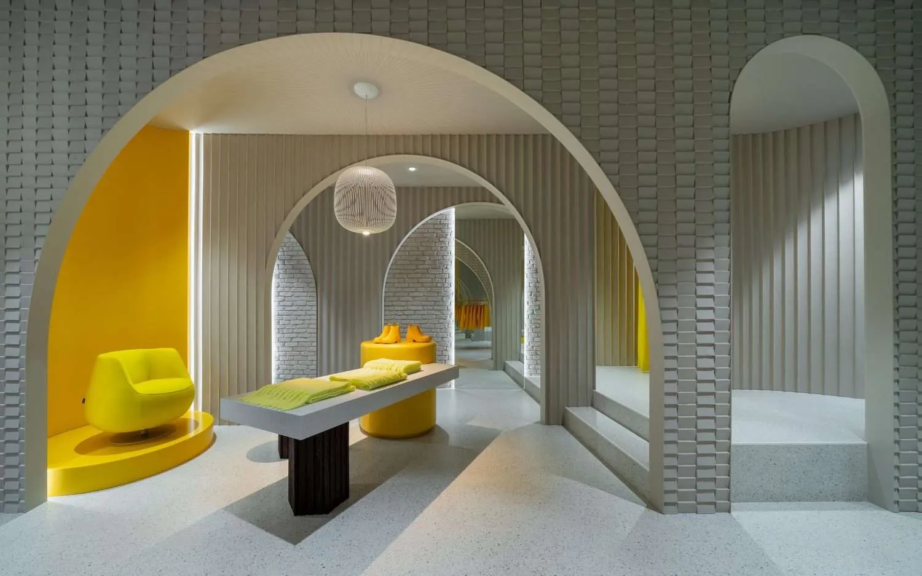Kitchens and dining areas today are no longer mere spaces to cook and dine; that’s why bespoke kitchens are becoming covetable. But, the focus isn’t solely on luxe aesthetics. Coco Chanel’s timeless wisdom rings true: “Luxury must be comfortable, otherwise, it is not luxury.” Today, comfort is the luxury kitchen’s calling card. Innovative design solutions, such as hidden storage, integrated appliances, and intelligent layouts, ensure that these spaces are not just aesthetically pleasing but also a joy to work in.
Fayez Fares, Senior Interior Designer, ELE Interior says, “Kitchens are highly functional spaces, and a well-designed kitchen can significantly enhance the cooking and meal preparation experience, making daily tasks easier and more efficient. Moreover, kitchens have evolved into central gathering places in many homes, where people spend time not only for cooking but also for socialising.”
Unlike the living area, which may remain static for longer durations, the kitchen is in perpetual motion. The precision required to optimise workflow, storage, and accessibility elevates kitchen design to an operational genius.
Fayez also adds, “Kitchens represent a significant financial investment in a home, with homeowners often placing a high value on a well-designed kitchen because it can substantially increase the property’s resale value.”
Opulence in Everyday Living
Kitchens and dining spaces are poised delicately on the borderlands between private retreats and public hubs within a home. These spaces embody a unique duality – how to marry luxury with homeliness. Luxury in these spaces is not an imposition but an integration. Marble countertops, bespoke walnut cabinetry, plush seating, and subtle lighting turn the kitchen into an intimate space without sacrificing extravagance.
Sneha Divias, Founder and Architect, Sneha Divias Atelier, remarks, “Achieving both luxury and homeliness in this space is about integrating thoughtful elements. Incorporating features like bookshelves, art niches, a multifunctional kitchen island, and captivating pendant lighting can harmonise opulence and comfort seamlessly.”
Fayez muses, “The colour scheme should include warm, neutral tones with occasional hints of luxury, such as gold or silver accents, striking a harmonious balance between opulence and comfort.”
The Dream Villa in Stockholm (Sweden) is the dream of architect Benjamin Calleja and interior designer Patricia Ramos, made a reality. A mass of balanced rectangular volumes, the home epitomises bringing outdoors in. Here, order and practicality reign supreme even in areas like the kitchen, featuring exclusive and durable materials such as Paonazzo Biondo in a silk finish by Porcelanosa‘s XTONE®, used on the Emotions Nogal Seda island design by Gamadecor, framed by Bridge mixer taps in matt black from Noken.
Embrace Connectivity with Open Floor Plans
Open kitchens continue to trend upward in popularity, driven by a desire for a more connected living experience. The appeal lies in fostering inclusivity—allowing those in the kitchen to engage with activities in the adjoining living or dining areas. The open layout also enhances the perception of space, promoting a seamless flow and making the overall area feel larger. Appeal is heightened when the design maintains visual coherence.
Fayez articulates this idea, “The absence of walls can make the entire living space appear larger, which is particularly appealing in smaller homes. Open kitchens also often incorporate additional windows or open spaces, allowing natural light to flood the kitchen and adjacent areas, creating an airy and inviting atmosphere.”
In upscale homes, there’s a growing preference for two types of kitchens. Sneha shares a poignant perspective, “What we see in our projects, especially high-end spacious villas, is that clients desire both an open kitchen adjacent to the dining and living area for social interaction and a closed kitchen for everyday use. Open kitchens encourage practical and casual family interactions throughout the day.”
Architect Alejandro Tejedor maximises natural light in Oriol House, evident in Gamadecor’s open-plan kitchen. The cohesive blend of an island kitchen design and wooden textures within the cabinets and doors achieves a harmonious contrast. This effect is amplified by the worktop crafted from XTONE sintered mineral compact, which doubles as a versatile surface—extending to transform the workspace into a table with a striking marble-like appearance.
Surfaces as Silent Statements
Choosing surfaces is foundational. Granite, quartz, or marble are choices that create statements. Hardwood or engineered flooring adds warmth, grounding the space in a timeless tactile luxury. Fayez underscores the significance of materials in kitchens, “Kitchens are high-traffic areas, so surfaces must be durable and capable of withstanding daily wear and tear. Consider factors such as resistance to stains, scratches, and heat. Ease of maintenance is crucial, and materials should be easy to clean without requiring excessive upkeep. Hygiene is paramount in the kitchen; opt for materials that are non-porous and resistant to mould and bacteria.”
Sneha explains her material choices, “We prioritise materials that are easy to maintain, durable, of excellent quality, and non-porous. Reconstituted stone is a popular choice for countertops, while cabinet doors offer a canvas for creativity, with options like lacquer, glass, metal, stone, and veneer, allowing us to craft tailored, high-quality spaces.”
Ingredients of a Luxurious Kitchen
The foundation of luxury begins with the choice of premium materials for countertops. Fayez reminisces, “In a recent kitchen and dining space I designed, I focused on using premium materials for the countertops, such as marble or quartz, and opted for custom cabinetry with a sleek, high-gloss finish to create a luxurious ambience. High-quality hardwood or tile flooring added to the opulent feel.”
Sneha adds, “When a kitchen boasts a bespoke design, an unusual material palette, and unique colours, it naturally captures people’s attention.” Custom-crafted cabinetry and designer fixtures are synonymous with lavish kitchen spaces. Beyond the visual appeal, the layout and design elements contribute significantly.
Spradling® latest Maglia™ colour range is well-equipped to materialise such elements. MAGLIA™ achieves a natural appearance of the slightly thicker yarn fibres and provides a cosy sensation. Available in 36 diverse colourways that will stimulate your senses, MAGLIA™ can be combined with Spradling’s most recognised collections: SILVERTEX® and VALENCIA™. While texture and colour make MAGLIA™ unique, its performance ensures resistance and durability, creating a barrier against germs.
Attention to Detail and Personalization
The hallmark of luxury kitchen design lies in the meticulous attention to detail and a touch of personalization. Customised features, such as built-in wine fridges, concealed appliances, or handcrafted tiles, add a distinctive touch. Technological integration, from smart appliances to automated lighting, not only enhances efficiency but also aligns with the modern luxury lifestyle.
In the pursuit of opulence, functionality must be never compromised; instead, it is seamlessly woven into the design. The combination of high-quality materials, thoughtful layouts, and personalised touches create kitchens that are bespoke and homely.

